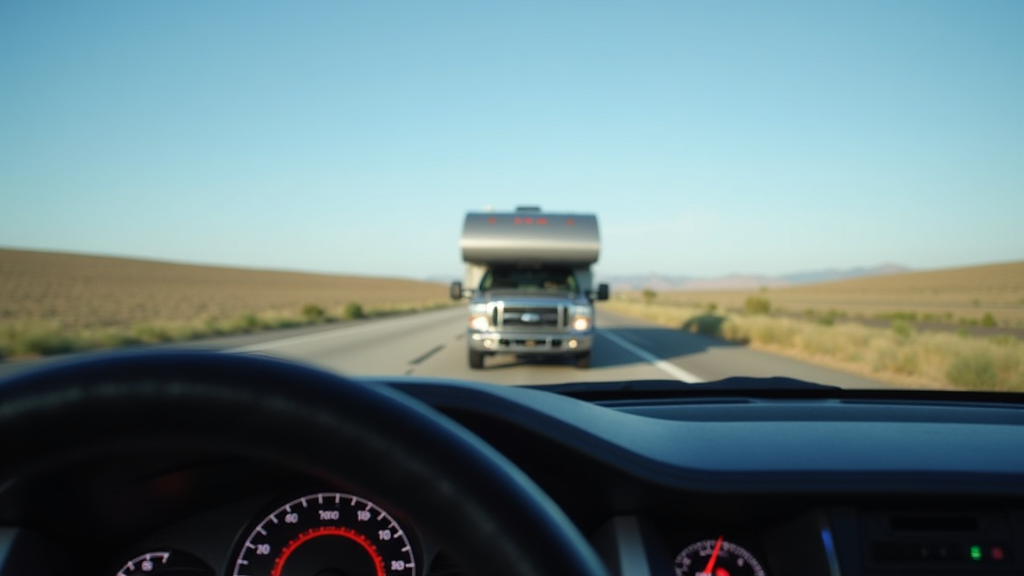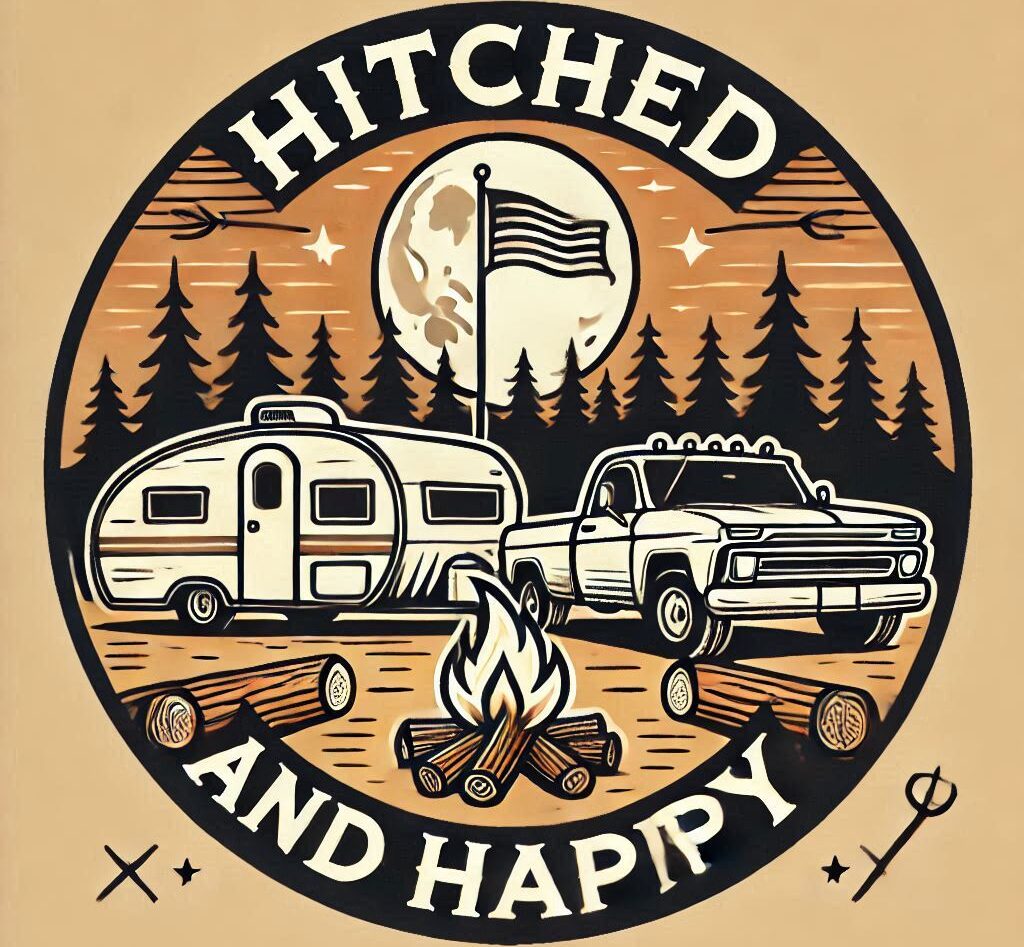Using cruise control when towing something heavy like a trailer or a caravan is a topic that sparks a lot of debate among drivers. I’ve spent plenty of hours on the highway hauling everything from boats to campers. I know just how tempting it can be to set cruise control and let your truck or SUV handle the speed. But is it actually a good idea? There are both perks and drawbacks, and not every road or situation is suitable. I’m breaking down what you need to know to help you make the right choice the next time you hit the road towing a load.

Understanding Cruise Control When Towing
Cruise control is a feature designed to make long-distance driving easier by automatically maintaining your set speed. Plenty of newer vehicles also come with adaptive cruise control, which can adjust your speed depending on traffic. When you’re towing, though, things get a bit trickier. The extra weight, changes in road conditions, and the unique handling of a loaded vehicle all have a big impact on how cruise control operates.
Here are a few key concepts to know:
- Tow/Haul Mode: This feature, common in trucks and SUVs, changes how your transmission shifts. It helps manage extra weight and is often used in combination with (or instead of) cruise control while towing.
- Speed Maintenance: Cruise control does a decent job of keeping your speed steady on flat, straight highways, but it struggles on hills or in windy conditions.
- Braking: Most cruise control systems in traditional vehicles don’t handle braking as smoothly as a driver can, especially when there’s extra momentum from a trailer.
Main Benefits of Using Cruise Control for Towing
Sticking with cruise control while towing does have a few upsides, especially on long stretches of flat highway where conditions are predictable. Here are some reasons you might want to consider it:
- Comfort: Setting a steady speed takes some strain off your leg and helps cut down on fatigue during long trips.
- Fuel Efficiency: Keeping a consistent speed generally leads to better gas mileage, which is handy when you’re towing something big and heavy.
- Speed Compliance: Cruise control can help keep you within the posted speed limit, a key thing when some states lower the speed limit for vehicles towing trailers.
- Focus: With speed handled, you can put a bit more mental energy into monitoring your mirrors, paying attention to the trailer, and managing lane changes.
On particularly long hauls, a steady pace even lets your passengers relax a little, since sudden changes in speed can cause the trailer to lurch, making for a bumpier ride. So, maintaining a constant speed with cruise control can give the whole tow crew a smoother experience.
Risks and Drawbacks of Cruise Control While Towing
Despite some perks, cruise control can create problems in situations that demand quick reactions. Here’s where you might run into trouble:
- Lack of Responsiveness: Cruise control doesn’t handle sudden changes in traffic or road conditions as well as a driver. It can take too long to react, especially with a heavy load behind you.
- Danger on Hills: When climbing or descending hills, cruise control can push your vehicle to accelerate too hard or “hunt” for the right gear, which stresses your engine and transmission.
- Braking Limitations: Most systems won’t engage the trailer brakes, relying only on the tow vehicle’s brakes. This can cause unsafe situations on descents or during sudden stops.
- Loss of Trailer Control: If the trailer starts to sway or fishtail, cruise control can make things worse because it continues to apply throttle when you should be slowing down gently.
- Poor Traction: Using cruise control in wet, icy, or loose road conditions can be risky. If one wheel slips, the system might react in a way that’s tough to recover from when towing weight.
Additionally, with cruise control on, you may find it mentally easy to zone out over time. Staying sharp is crucial when towing. Even on familiar roads, conditions can change, so you want to be prepared to respond right away.
Best Scenarios for Using Cruise Control When Towing
Cruise control works best while towing when you set it under the following conditions:
- Flat or gently rolling highways where stops, starts, and speed changes are minimal
- Dry pavement with good traction—avoid cruise on wet, snowy, or icy surfaces
- Light to moderate traffic, so you aren’t constantly having to disengage cruise for changing speeds
- Daytime visibility and familiar roads—at night or on unfamiliar routes, you want to stay more alert and in full manual control
If you’re hauling a trailer cross-country on interstate highways in perfect weather, cruise control can make for a pretty smooth trip. Just remember to always stay alert and keep your hands near the controls in case you need to react quickly. It’s also wise to review your vehicle’s towing guidelines before each trip to know exactly what is recommended for your make and model.
Situations Where You Should Avoid Cruise Control When Towing
There are definitely times when you should skip cruise control entirely while towing:
- Steep or Winding Roads: Cruise control might downshift too aggressively and struggle to keep a safe pace, which isn’t ideal when you’re managing extra weight.
- Heavy Traffic: If you’re having to slow down, stop, or change lanes often, cruise control is more of a hindrance than a help.
- Mountains and Long Descents: Manually controlling your speed using engine braking and your vehicle’s tow/haul mode is safer and helps prevent brake fade.
- Unpredictable Weather: Rain, snow, and ice are all red flags. Cruise control removes some of your ability to manage traction and stability in tricky conditions.
- Poorly Maintained Roads: Bumpy or uneven surfaces can cause sway. You’ll want to be ready to respond instantly.
Anytime you sense your vehicle or trailer isn’t handling as expected, take over and handle speed yourself. Safety always wins over convenience. If you’re not sure how your setup will react in certain situations, err on the side of caution and use manual speed control until you get a feel for how your vehicle and trailer work together.
How Towing Changes the Dynamics of Cruise Control
Towing isn’t just about pulling extra weight; it changes how your vehicle handles, especially during acceleration and braking. The added mass of a trailer means you need more distance to stop and it’s harder to recover from any surprises like swaying or fishtailing. Cruise control, especially older or basic versions, can’t anticipate things like sudden crosswinds, shifting loads, or changing slopes.
Here’s what I’ve learned from experience:
- Your vehicle’s automatic responses with cruise control are not as fine-tuned as your own instincts.
- Modern vehicles with adaptive cruise control can do a better job, but they’re still not perfect compared to a focused human driver.
- Tow/haul mode is there to help manage transmission shifts and engine braking, so using it along with manual speed control is often the best approach on hilly or unpredictable roads.
Road conditions can change in an instant: a sharp curve, debris, or even an animal on the road. With a trailer behind you, being able to instantly control speed is far more important than convenience. Technology helps, but you remain the smartest safety feature in the car.
Tips for Safely Using Cruise Control While Towing
If you do decide to use cruise control when you’re towing, it’s worth following a few safety tips:
- Use Tow/Haul Mode: Engage tow/haul if your vehicle offers it, as it helps control how your truck or SUV manages shifting and engine braking.
- Keep Both Hands On the Wheel: Cruise control doesn’t mean you can relax. Stay alert and ready to intervene anytime.
- Turn It Off on Hills: When you see steep grades, disengage cruise and handle speed manually.
- Monitor Traffic and Weather: Be ready to switch off cruise if traffic thickens or rain starts falling.
- Set a Safe Speed: Always drive slower than you would without a trailer. Give yourself more space and time to react.
And it’s smart to check that your trailer brakes and lights are working at every stop. If you feel any sway or odd vibration, don’t hesitate to slow down and take a break. Sometimes a rest stop is all you need to regroup and assess your setup.
Common Towing Questions About Cruise Control
Here are a few questions I hear all the time from folks new to towing or thinking about using cruise control:
Question: Will using cruise control help my truck get better fuel economy while towing?
Answer: On flat roads and in calm weather, cruise control can actually help a bit by keeping your speed steady. That said, the fuel savings aren’t huge, and safety always comes first. Don’t keep cruise on if conditions change.
Question: Can adaptive cruise control handle towing better than regular cruise?
Answer: Adaptive cruise control (ACC) does a better job in traffic since it slows down when cars ahead of you slow down. Some newer trucks and SUVs even adjust following distance for towing. Still, you want to stay alert, and manual control is usually safer on hills or rough roads.
Question: I see ‘tow/haul mode’ and ‘cruise control’ on my dash. Should I use both?
Answer: You can use both together on flat highways, but tow/haul mode is the one you want to rely on for better engine braking and transmission control on hills. Turn off cruise before any climbs or descents.
Question: Is there a best speed to use cruise control while towing?
Answer: It’s safest to set your cruise a bit below the posted speed limit, especially when towing. Many highways set speed limits for trailers lower than for cars, so make sure you know and follow local rules.
Real-World Examples and Anecdotes
There are times when cruise control while towing just makes sense. Driving across the flatlands of the Midwest, I set my truck’s cruise at 60 mph and watched the miles roll by. It helped me cut down on fatigue during a long summer haul, and my fuel economy was noticeably better.
But during another trip through the Rockies, I left cruise off. Those mountain passes and long descents would have overwhelmed the cruise system and could have left my brakes overheating. I went with manual control so I could use engine braking and stay safe with the trailer behind me.
Every adventure is different, so it’s all about judging when to use cruise and when to go manual. Take a moment before each trip to size up the route, weather, and your load, and you’ll be in a great position to make the best decision on cruise control.
Choosing What Works for You
Cruise control can make towing less tiring, but it’s not always the safest choice. On long, flat highways in good weather, it’s pretty handy. When the road gets unpredictable or the weather turns, controlling your speed manually is the way to go. Paying attention to your vehicle, your trailer, and the road ahead is the most important thing you can do to keep yourself and everyone else safe.
If you’re unsure about your specific vehicle’s recommendations, always check the owner’s manual or talk to your dealer. Driving styles, cruise control tech, and towing setups can all be a little different from one vehicle to another. Staying informed and alert can really help you make the right call for every trip. Safe travels and happy hauling!
